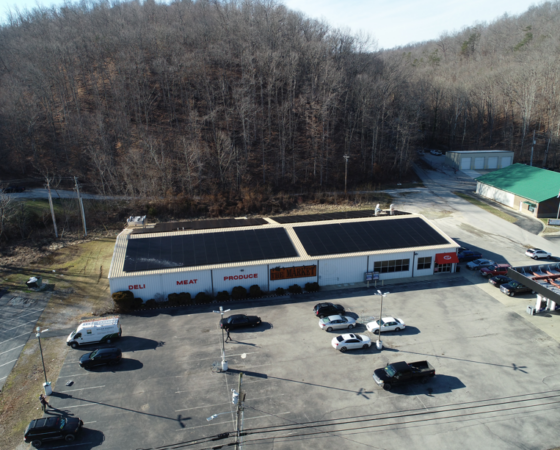Our guest blog today comes from Kate Long of Try This West Virginia, an innovative and community-driven health movement taking hold across the state.
1. Who are you, and what’s your role at your organization?
I’m Kate Long, co-director and founder of Try This West Virginia, a growing statewide healthy-community network, created to help knock West Virginia off the top of the worst health lists, one community at a time. I oversee the Try This programs.
2. How does your organization contribute to improving health in the region?
Try This is creating a statewide network/movement of local people who want to create healthier communities by expanding opportunities for healthier food and physical activities. Try This helps West Virginians lower their communities’ risk of chronic disease in several ways:
- We offer a one-stop shopping Web site, trythiswv.com, packed with hundreds of CDC-recommended projects, “how-to” links, and successful West Virginia examples.
- Since 2014, we have awarded $288,000 in minigrants for multi-organization community teams to spark 153 healthy-community projects. Each project has a “helper” who helps them get past roadblocks.
- We sponsor a rocking annual conference, the Web site come to life, where people from all over the state meet to trade ideas and inspire each other.
- We keep up the drumbeat through the year with extensive social media and regional meetings.
- We sponsor a healthy faith network and a parent network that link with Try This.
3. Can you share one inspiring story about improving community health from the work you’ve done?
Last year, we gave a minigrant to a Clarksburg team to create a community garden in a drug-infested neighborhood. The neighborhood pitched in in a big way. They raised $17,000 in contributions and donations (not counting volunteer time) to match the $1500 we gave them and created not only a garden, but a neighborhood park.
Four other neighborhoods, including one in a neighboring town, are already copying them, and two people who own empty lots have offered them for gardens. The neighborhood has started meeting, and have already put up swing sets for kids and they are planning low-income housing. As local resident Jay said, “The garden made me feel proud to be from Monticello Avenue, for the first time.”
This story is echoed in project after project, all over West Virginia. When volunteer time is added in, we are getting an eight-to-one return on our grant dollars.
4. Why is community health important to you and how do you think it impacts or influences community development?
- I am a native West Virginia, and it horrifies me to know that nearly one in four of our eleven-year-olds have high blood pressure and one in three are already obese. These children are at risk of early heart disease and type 2 diabetes. Their risk can be dramatically lowered with increased physical activity and healthier eating.
- Healthier communities will make us more attractive to employers. West Virginia used to have a reputation for a hardworking, healthy workforce. We now have a reputation for an unhealthy work force, which profoundly affects our economic development prospects.
- Communities that offer things like farmers markets, running and biking groups, paddling, community gardening, etc. are much more attractive to businesses and families looking for a place to locate.





